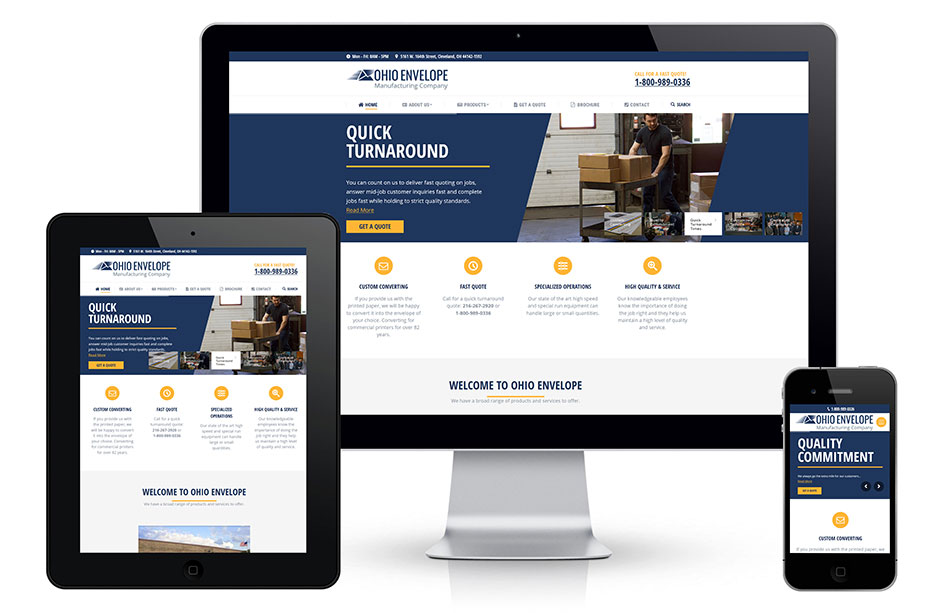As Steve Jobs once said: "Design is not just what it seems. Design is how it works." Functionality and ease of use, not visual design, determine the success or failure of the site. The site visitor is the only person looking for information about a product or service.
With a click of the mouse that the visitor decides, the user-centered design is the need for success and the profit-oriented web design.
We will focus on the key elements of web design, lateral thinking and results-oriented approaches to effective web design, which can lead to more sophisticated decisions, as a result, simplifying the process of understanding the information presented.
Before looking at effective web design in Geneva, IL, it is important to know what users think when they interact with a website.
User behavior when interacting with a website is similar to that of a customer interacting with a store. Visitors look at each page, text and images. They are reduced to clickable links that capture your interests.

Most users when they visit a website look for specific information, products or services.
Users like quality: if a website offers quality content, it is committed to the advertising and design of the website. It should be remembered that a combination of good design and quality content is necessary to generate relevant traffic on the website.
Most users scan the web page: when a user visits a web page, he scans the web page in search of information that meets his needs.
Web users are impatient and are instant gratification: if the content of the website is not properly structured and if visitors cannot obtain the required information in the first three seconds. This will increase the chances of users leaving the site.
Users do not make the best decisions: website visitors do not go page by page to search for the required information, but instead scan the website and the link that meets their requirements and jump to it.
Web users follow their individual intuitive feeling: most users scan the web page instead of reading line by line. According to information architect Steve Krug, this is mainly because users are not interested. "If we find something that works, we stick to it. We don't care if we understand how things work whenever we can use them. If your audience wants to act like you're designing a complex design, then create a great design that makes users think ".
Now that we have seen user behavior, we must verify the principles of web design.
Do not allow users to think too much: according to Krug's First Usability Law, the website must explain itself, it must contain answers to most of the questions that users can get when they have visited the website. If the navigation and site architecture are not designed correctly, the user will have difficulty understanding how the system works. A well thought out and structured design together with a clear and precise quality content guides the user towards the use of the services or the purchase. The well planned structure thus reduces the mental load. Once this is achieved, it will be easy for the user to navigate the site.
No comments:
Post a Comment